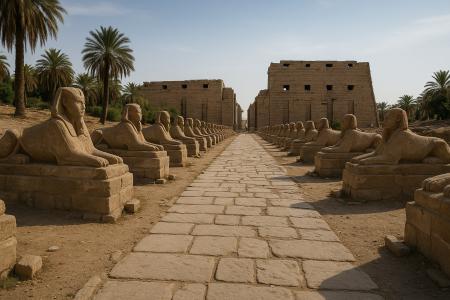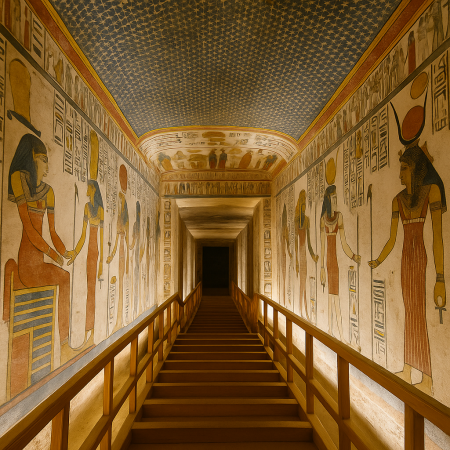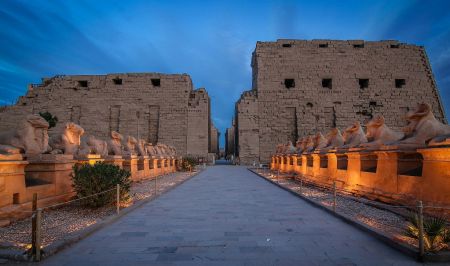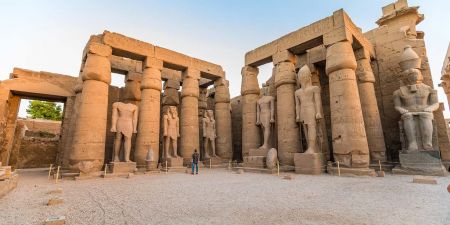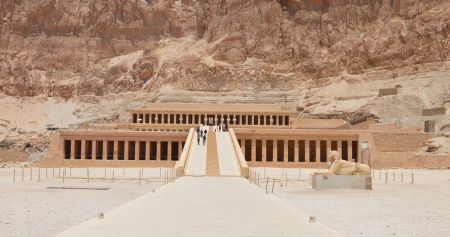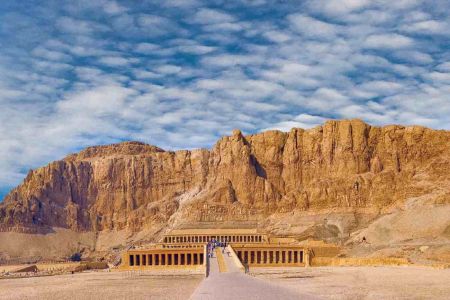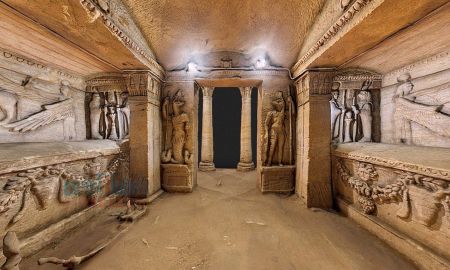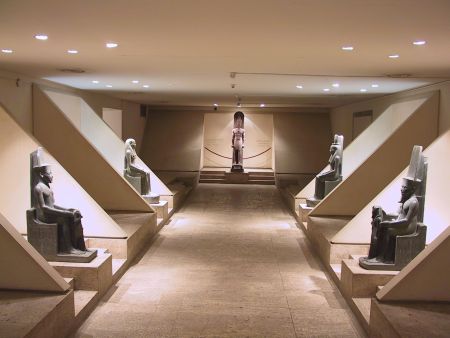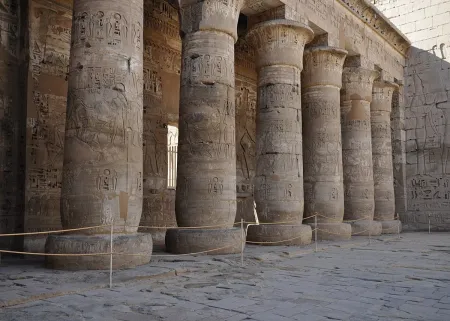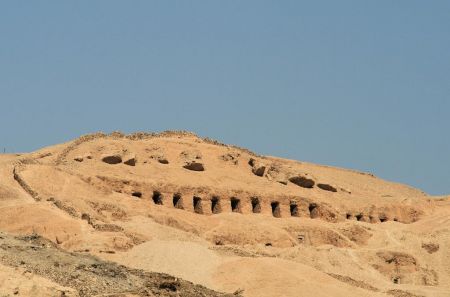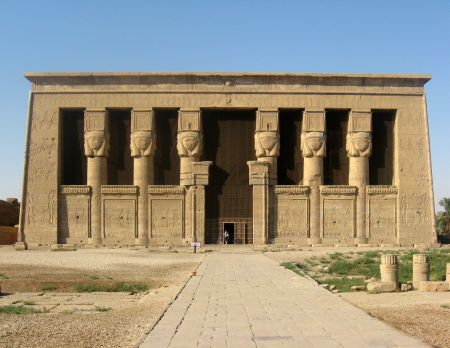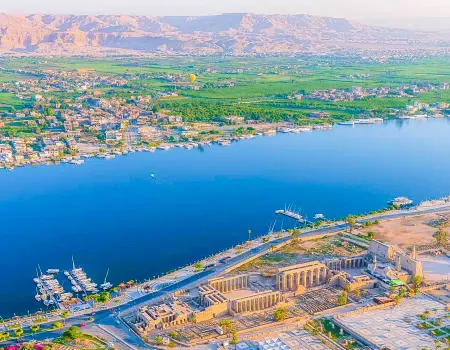Tomb of Ramses VI: A Masterpiece of Ancient Egyptian Art and Power
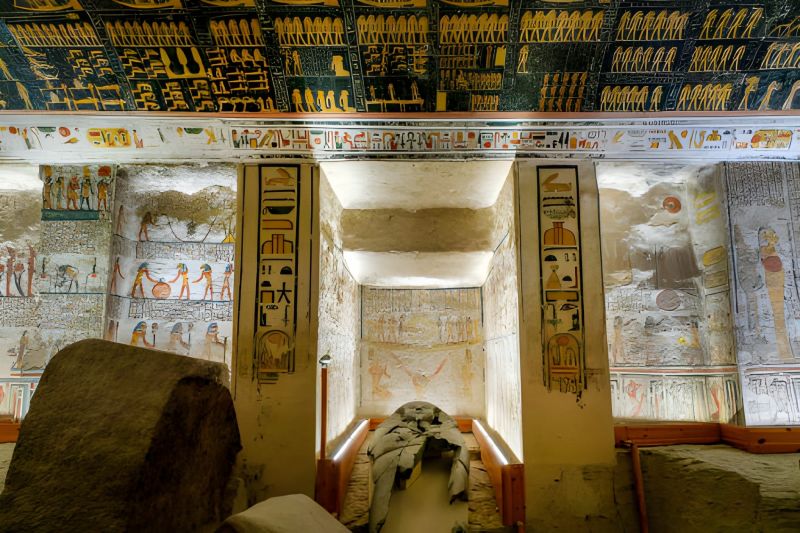
The Tomb of Ramses VI, one of the grandest and most spectacular monuments in The Valley of the Kings, stands as a dazzling testimony to Egypt’s artistic and architectural brilliance. Hidden deep within Luxor’s desert cliffs, this pharaonic treasure reflects both the majesty of the New Kingdom and the eternal quest for immortality. Ramses VI, a ruler of Egypt’s Twentieth Dynasty, inherited and expanded upon the unfinished tomb of his predecessor, Ramses V, transforming it into one of the most breathtaking burial chambers ever created.
Visitors entering this royal tomb find themselves surrounded by ceilings painted with cosmic maps, walls etched with sacred texts, and corridors glowing with colors that defy time. Its beauty rivals other ancient masterpieces like Karnak Temple and Luxor Temple, yet the Tomb of Ramses VI has a unique presence—blending theology, astronomy, and power into one unforgettable experience. To explore this tomb is to step directly into the mind of an ancient king, where art meets eternity.
Historical Context of Ramses VI’s Tomb
Ramses VI reigned during the Twentieth Dynasty (1145–1137 BC), a period of gradual decline in Egypt’s political and economic power. Despite these challenges, he ensured his legacy would be carved in stone. He repurposed the tomb of his uncle, Ramses V, enlarging and adorning it with striking decorations that emphasized his divine authority.
The tomb, officially known as KV9, became not only a burial chamber but also a grand statement of cosmic order. Unlike the modest Tomb of Ramses V, Ramses VI’s project reflected confidence, determination, and a desire to be remembered among Egypt’s greatest rulers. Situated near other monumental burials in The Valley of the Kings, the tomb reflects a tradition that includes the Temple of Hatshepsut, the Colossi of Memnon, and the vast mortuary temples that lined Luxor’s west bank.
Architectural Design and Layout
The tomb extends over 100 meters deep into the rock, with corridors and chambers descending toward the burial hall. Its design follows the typical New Kingdom layout: a series of corridors leading to an antechamber and ultimately to the burial chamber.
Every surface bursts with detailed inscriptions and imagery from sacred funerary texts, including the Book of Gates, the Book of Caverns, and the Amduat. These writings were essential to guide Ramses VI through the underworld, ensuring his resurrection and eternal life. The ceilings depict celestial maps with constellations, the sun god’s nightly journey, and elaborate scenes of the goddess Nut swallowing the sun at dusk and giving birth to it at dawn.
The grandeur of KV9 surpasses many neighboring tombs in The Valley of the Kings, drawing comparisons to the awe-inspiring Karnak Temple for its scale and decorative richness.
Artistic Mastery of the Wall Paintings
The wall paintings in the Tomb of Ramses VI remain among the finest examples of Egyptian art. Vibrant colors—still visible after more than 3,000 years—cover the limestone surfaces, illustrating gods, goddesses, and sacred texts.
In the long corridors, visitors encounter depictions of Osiris, the ruler of the underworld, alongside Horus, Anubis, and Ra, creating a visual narrative of the pharaoh’s journey beyond death. The burial chamber ceiling, a masterpiece in itself, portrays Nut stretched across the heavens, her body adorned with celestial imagery. These paintings not only served religious functions but also reinforced Ramses VI’s authority as a divine ruler.
When compared to sites like Luxor Temple or the Temple of Hatshepsut, the artwork of KV9 reveals a more personal and spiritual approach, blending cosmic mythology with funerary tradition.
The Burial Chamber and Sarcophagus
The heart of KV9 lies in its burial chamber, an expansive hall with pillars and a vaulted ceiling. The chamber once contained the king’s massive red granite sarcophagus, fragments of which remain. The sarcophagus lid, featuring carved images of the goddess Nut, symbolizes rebirth and protection.
The chamber’s decorations focus on the underworld journey and the eternal cycle of life and death. Astronomical ceilings map the heavens, while walls narrate Ramses VI’s passage through night and day. This emphasis on cosmic order reflects the king’s role as both ruler of Egypt and a godlike figure maintaining harmony in the universe.
Just as the Colossi of Memnon stand as silent guardians of Luxor’s west bank, the Tomb of Ramses VI embodies a guardian of Egypt’s spiritual continuity.
The Rediscovery and Modern Exploration
Although known in antiquity, the tomb was rediscovered and documented in modern times by explorers fascinated by its scale and beauty. Early travelers marveled at its vivid paintings, noting its preservation compared to many other tombs in The Valley of the Kings.
Today, KV9 is open to visitors, allowing travelers to walk the same corridors once intended only for pharaohs and gods. Careful preservation efforts ensure that the paintings remain vivid, offering an authentic glimpse into the height of New Kingdom artistry. Visiting the tomb today provides a direct connection to Egypt’s most powerful traditions, much like standing before the Karnak Temple or gazing up at the Temple of Hatshepsut.
Symbolism of the Tomb in Egyptian Religion
Every element of the Tomb of Ramses VI carries symbolic weight. The long corridors represent the passage into the afterlife. The texts inscribed on the walls serve as magical spells guiding the king through dangers of the underworld. The celestial ceilings reflect Egypt’s fascination with astronomy, showing how closely religion and science intertwined.
The imagery reinforces the pharaoh’s role as mediator between gods and humans, ensuring cosmic stability. Much like the grandeur of Karnak Temple and Luxor Temple symbolized Egypt’s power on earth, the tomb embodied its king’s eternal dominion in the afterlife.
Visiting the Tomb of Ramses VI Today
Located in The Valley of the Kings, near Luxor, the tomb remains a highlight for modern travelers. The moment you descend into KV9, the air shifts—the corridors seem alive with sacred energy, and the walls pulse with stories written in color and stone.
Guided tours often combine the tomb with nearby attractions such as the Temple of Hatshepsut, Karnak Temple, and Luxor Temple, creating a holistic picture of Egypt’s spiritual and political landscape. The Colossi of Memnon, standing guard on the west bank, add to the aura of majesty surrounding the area.
FAQs About the Tomb of Ramses VI
Where is the Tomb of Ramses VI located?
It is in The Valley of the Kings on Luxor’s west bank, close to other royal burials.
Who was Ramses VI?
Ramses VI was a pharaoh of the Twentieth Dynasty who ruled Egypt from 1145–1137 BC, known for expanding the tomb KV9.
What makes the Tomb of Ramses VI special?
Its vivid wall paintings, astronomical ceilings, and large burial chamber make it one of the most impressive tombs in Egypt.
Is Pompey’s Pillar connected to Ramses VI?
No, Pompey’s Pillar in Alexandria belongs to a different era; Ramses VI’s tomb is located in Luxor’s Valley of the Kings.
Can visitors enter the tomb today?
Yes, KV9 is open to tourists and considered a highlight of The Valley of the Kings.
What texts are found in the tomb?
Inscriptions include the Book of Gates, the Book of Caverns, and the Amduat, all guiding the king in the afterlife.
How does KV9 compare to other tombs?
It is larger and more elaborate than many tombs, with art and symbolism rivaling the grandeur of Karnak Temple and Luxor Temple.
What happened to the sarcophagus of Ramses VI?
Fragments of the granite sarcophagus remain in the burial chamber, with some parts housed in museums.
Final Thoughts on the Tomb of Ramses VI
The Tomb of Ramses VI isn’t just a burial site—it’s a timeless canvas where gods, stars, and pharaohs converge. Every corridor, inscription, and ceiling painting reveals the Egyptians’ profound understanding of life, death, and rebirth. Alongside marvels like Karnak Temple, Luxor Temple, the Temple of Hatshepsut, and the Colossi of Memnon, KV9 embodies the spirit of ancient Luxor.
For travelers standing within its painted walls today, the tomb is more than history—it’s an encounter with eternity, a place where the legacy of Ramses VI still radiates power, mystery, and beauty.


